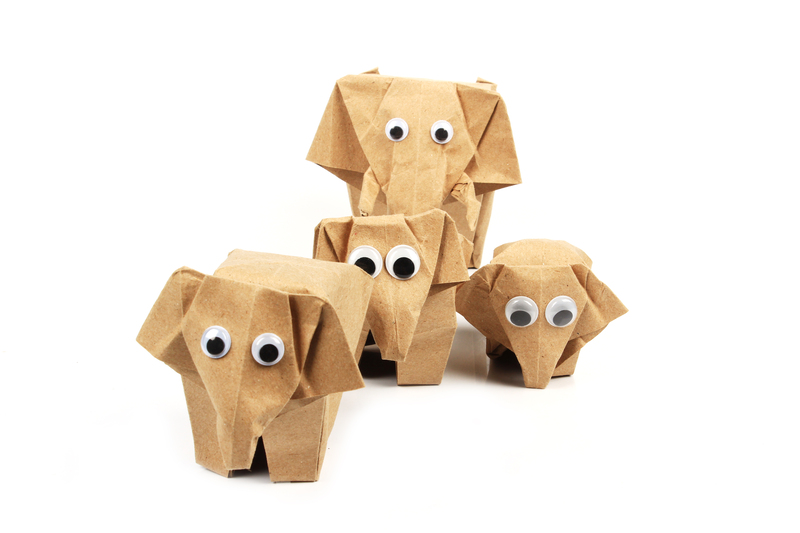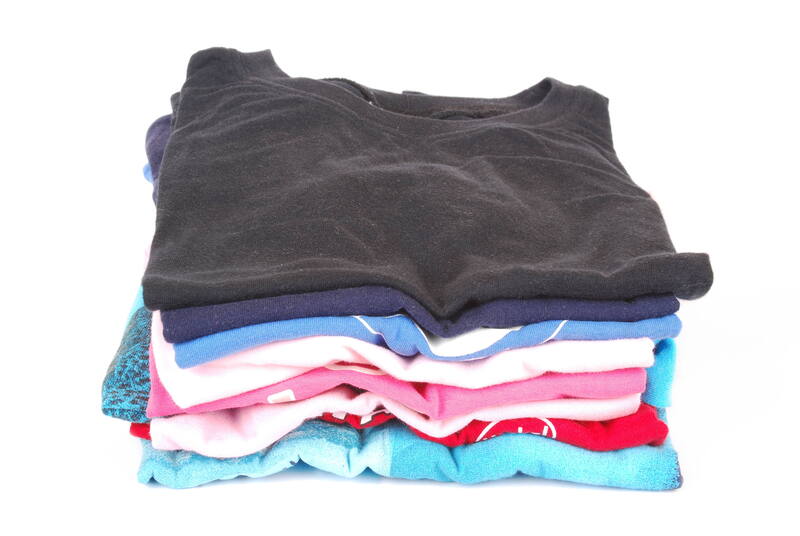Unlocking Sustainable Ways to Recycle Pots and Pans: An In-Depth Guide
Recycling is an essential practice in our daily journey towards a greener planet, but not everyone knows what to do with old pots and pans. Instead of tossing these items into the trash, you can explore a variety of sustainable ways to recycle cookware and reduce your environmental impact. In this comprehensive guide, we'll dive into the best practices, creative upcycling ideas, and industry tips on pots and pans recycling to help you manage your kitchenware waste thoughtfully.
Why Should You Recycle Old Pots and Pans?
Most kitchen cookware contains valuable materials like aluminum, stainless steel, copper, and cast iron, all of which can be recycled and repurposed for new uses. Unfortunately, many of these items end up in landfills where they contribute to pollution and take decades--or even centuries--to decompose. By embracing sustainable cookware recycling solutions, you're making a difference through:
- Conserving natural resources by reducing the need for virgin materials
- Lowering carbon emissions by decreasing manufacturing demands
- Minimizing landfill waste and associated environmental hazards
- Supporting circular economy efforts in your community

Identifying Recyclable Pots and Pans
Not all kitchenware can be treated the same when it comes to pot and pan recycling. To determine if your items can be recycled, consider the following materials and characteristics:
- Aluminum: Highly recyclable and common in lightweight cookware.
- Stainless Steel: Easily accepted by scrap metal yards.
- Copper: Valuable and sought-after for recycling, often found in specialty pans.
- Cast Iron: Virtually indestructible and perfect for scrap reuse.
Non-stick coatings (like Teflon) and composite materials (such as ceramic or enamel-coated pans) can complicate recycling, as these coatings may release toxins when melted. Always check with your local recycling facility to see if they accept these items or if any special preparation is needed.
Preparation Steps: Getting Your Cookware Ready
To ensure maximum sustainability in pots and pans recycling, follow these preparatory steps:
- Clean Thoroughly: Remove any food residue and grease. Dirt and oils can interfere with recycling processes.
- Separate Materials: If your pans have removable plastic or wooden handles, separate them. Only the metal parts are typically recyclable.
- Remove Non-Stick Coating (If Possible): Unless your facility accepts coated cookware, try to remove Teflon or other coatings, or contact specialty recyclers.
- Consult Your Local Facility: Some municipal programs do not accept cookware in curbside bins but may take them at special drop-off locations.
Sustainable Ways to Recycle Pots and Pans
1. Metal Recycling Centers
One of the most direct and environmentally-friendly options is to bring your old metal cookware to a scrap metal recycling center. These centers specialize in reprocessing metals into new products--an excellent approach to eco-friendly pan disposal.
- Locate a nearby facility using online directories or local waste management resources.
- Ensure they accept pots and pans with any coatings or mixed materials.
- Drop off your clean, dismantled cookware and help close the material loop.
In many cases, you might even receive a small payment for metal items, depending on the current market value.
2. Donate Usable Cookware
If your pots and pans are in decent shape and still functional, consider donating them instead of recycling. Many community centers, shelters, or thrift stores welcome cookware donations and will put them to good use, prolonging their lifespan.
- Contact organizations like Goodwill, Salvation Army, or local shelters.
- Ensure your items are clean and free from major defects.
- Donation is a key component of sustainable living, as it promotes reuse and supports communities in need.
3. Creative Upcycling Projects
Transform your old kitchenware into useful or decorative objects through cookware upcycling. Not only does this keep waste out of landfills, but it also adds a touch of personality to your home or garden.
- Planters: Drill drainage holes in the bottom of a pot or pan, fill with soil, and create a quirky planter for flowers or herbs.
- Birdbaths or Feeders: Hang pans at varying heights or mount onto stands to attract birds.
- Wall Art: Old frypans make rustic clocks, mirrors, or chalkboards with a little DIY prep.
- Organizers: Repurpose pots as storage bins for tools, craft supplies, or utensils.
With a bit of imagination, the potential for upcycling is nearly endless. Giving your cookware a new purpose is a fantastic way to practice environmental stewardship.
4. Manufacturer Take-Back Programs
Some brands offer take-back or recycling programs specially designed for their products. Companies such as Calphalon, GreenPan, and others encourage customers to return old cookware for proper recycling or safe disposal.
- Check your manufacturer's website for recycling initiatives.
- Follow their specific preparation and shipping guidelines.
- Some programs may offer discounts on new purchases as an added incentive.
5. Specialty Recycling Services
For items made from non-recyclable materials or those featuring non-stick coatings, contact specialty recycling firms. Companies like TerraCycle accept a wide range of hard-to-recycle household items, including cookware, and safely process them into reusable materials.
- Research local and national specialty recyclers.
- Find out about shipping requirements and accepted items.
- This option ensures hazardous substances are safely managed.
Understanding the Environmental Impact of Recycling Kitchenware
Why all this effort? Recycling and reusing culinary tools help to dramatically decrease our collective ecological footprint. Consider these key facts:
- Reduces Mining Needs: Recycling metals from pots and pans lessens the demand for mining virgin ores, which is energy-intensive and environmentally damaging.
- Prevents Pollutant Release: Landfilled cookware may leach chemicals or take up valuable landfill space, contributing to pollution.
- Saves Energy: It typically requires less energy to process recycled metals than to refine new ones.
- Promotes a Circular Economy: Every recycled pan is a step closer to a waste-free, resource-efficient society.
Common Questions About Recycling Pots and Pans
Can You Put Pots and Pans in the Curbside Recycling Bin?
In most communities, pots and pans do not belong in curbside recycling bins due to their size, weight, and the potential for damage to sorting equipment. Instead, seek out metal recycling facilities or special collection events.
What Should You Do with Non-Stick Pans?
Teflon and other non-stick coatings pose unique challenges. Check with your local recycling authority about accepting coated pans. If they are not accepted, try specialty recycling or manufacturer take-back programs.
What If My Pots and Pans Have Wooden Handles or Plastic Parts?
Remove non-metal components before recycling, if possible. Some centers only want clean metal, but facilities equipped for mixed materials may accept them as-is. When in doubt, ask!
Tips for Extending the Life of Your Kitchenware
One of the most sustainable practices is to use your cookware for as long as possible. Here are a few tips to help your pots and pans last:
- Clean Gently: Avoid abrasive pads that can scratch and degrade surfaces, especially for non-stick pans.
- Use the Right Utensils: Wooden, silicone, or plastic utensils protect non-stick coatings and polished surfaces.
- Season Cast Iron: If you use cast iron, keep it well-seasoned to maintain its non-stick properties and prevent rust.
- Avoid High Heat: Overheating pans can warp metals and damage coatings--stick to manufacturer recommendations.
By caring for your kitchenware, you reduce waste and get the most out of your investment.

Innovative Trends in Pots and Pans Recycling
The world of cookware recycling and sustainable resource management is constantly evolving. Some noteworthy trends include:
- Closed-Loop Manufacturing: Several cookware manufacturers now use recycled metals to produce new pans, creating a circular supply chain.
- Community Collection Drives: Municipalities and non-profits frequently host appliance and cookware recycling events to encourage responsible disposal.
- Sustainable Business Certifications: Look for manufacturers with certifications such as B Corp or Cradle-to-Cradle, which commit to environmental and social responsibility.
- Upcycling Artisans: The growth of upcycling artists and small businesses means more old cookware is finding new life as custom decor or practical products.
Conclusion: Small Steps, Big Impact
Unlocking sustainable recycling methods for pots and pans isn't just about keeping heavy metal out of the landfill--it's about fostering a more conscious, eco-friendly lifestyle. Whether you recycle, upcycle, donate, or responsibly dispose of your old kitchenware, you are making a statement about the world you wish to create.
Next time you upgrade your kitchen tools, remember these actionable tips for sustainable pots and pans disposal. It's not only possible to recycle your cookware; it's vital for a healthier planet.
Further Resources
- Earth911: Find Recycling Centers
- TerraCycle Household Item Recycling
- EPA Guidelines on Kitchenware Recycling
Start today and be part of the solution--your planet and your community will thank you!